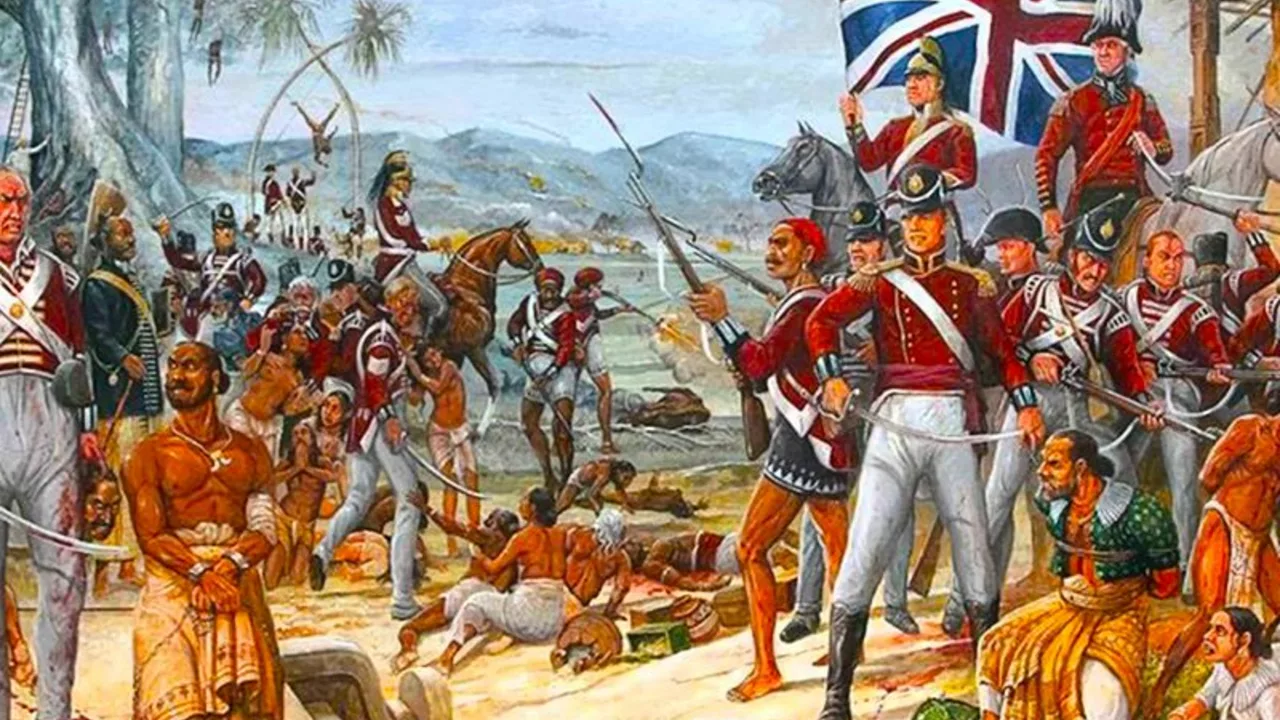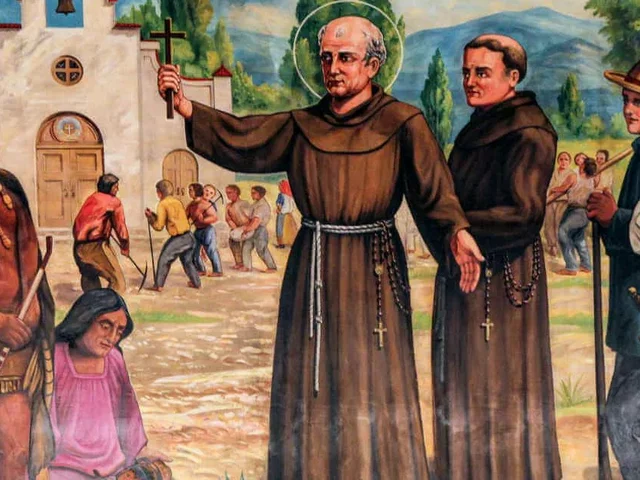Colonial Period: What It Was and Why It Still Matters
Ever wonder why many countries look the way they do today? A big part of that answer lies in the colonial period – the time when European powers sailed across oceans, claimed new lands, and set up their own rule. It’s not just old history; the borders, languages, and even some laws we see now come straight from that era.
How the Colonial Era Began
In the late 1400s, Spain and Portugal led the charge. They found routes to the Americas, Africa, and Asia, and quickly set up trading posts and settlements. Within a few centuries, Britain, France, the Netherlands, and later Germany added their own pieces to the puzzle. Each empire had its own style – the Spanish built missions, the British focused on plantations, and the French mixed trade with alliances.
Why did they do it? Money, power, and religion were the main drivers. Gold and spices promised riches, while claiming new lands boosted national pride. Missionaries also wanted to spread Christianity, often mixing faith with politics.
Everyday Life Under Colonial Rule
For the people living under colonial rule, life could be harsh. Colonizers imposed new taxes, forced people to work on farms or in mines, and changed local economies. At the same time, they introduced new crops, tools, and ideas that sometimes improved living standards.
Education became a double‑edged sword. Schools taught the colonizer’s language and culture, which helped some locals get better jobs, but also eroded traditional knowledge. Resistance grew over time – from small uprisings to full‑scale wars for independence.
One clear example is the Spanish missions in California. The Spanish built them to convert Native Americans and lock down the territory from rivals like the Russians. Those missions left a lasting imprint on California’s place names, architecture, and even its agricultural practices.
Another example is British rule in India. The British introduced railways, a common legal system, and English as a lingua franca. After independence, India kept many of those systems, shaping its modern identity.
Today, the colonial period still shows up in everyday life. You’ll hear Portuguese in Brazil, French in parts of Africa, and English in the U.S., Canada, and Australia. Legal concepts like common law trace back to British rule, while many legal codes in former Spanish colonies still reflect Spanish law.
Understanding the colonial period helps us see why certain conflicts linger, why some cultures blend the way they do, and why economic gaps exist between former colonies. It also reminds us that history isn’t just dates – it’s a web of choices that still affect us.
So next time you notice a street name, a legal term, or even a food dish that seems out of place, think about the colonial period that may have planted that seed. Knowing the story behind it gives you a clearer picture of the world we live in today.

What was life like in British India?
- Date: 22 Jul 2023
- Categories:
- Author: Aarav Khatri
Life in British India was a period marked by stark contrasts, with the British Raj ruling over the Indian subcontinent. As I've discovered, while urban areas and industries witnessed development and westernization, the rural population often suffered from famine and poverty. The British introduced English education, railways, telegraph and modern administration, yet they heavily exploited India's resources and people for their own benefit. Moreover, the cultural exchange between Britain and India resulted in a unique fusion, but also led to a rise in nationalism and the quest for independence. All in all, the experience was a mixed bag, creating a complex historical legacy that continues to shape India's identity today.




